Travel guides and online forums often contain stern warnings about ‘dangerous neighborhoods’ in cities worldwide. These areas develop fearsome reputations that spread through travel communities, creating no-go zones that tourists studiously avoid. But what actually happens if you visit these neighborhoods?
The reality often differs substantially from popular perception. Here is a list of 20 insights about visiting supposedly dangerous neighborhoods, separating common myths from the more nuanced reality that travelers encounter on the ground.
Statistical Danger vs. Tourist Danger
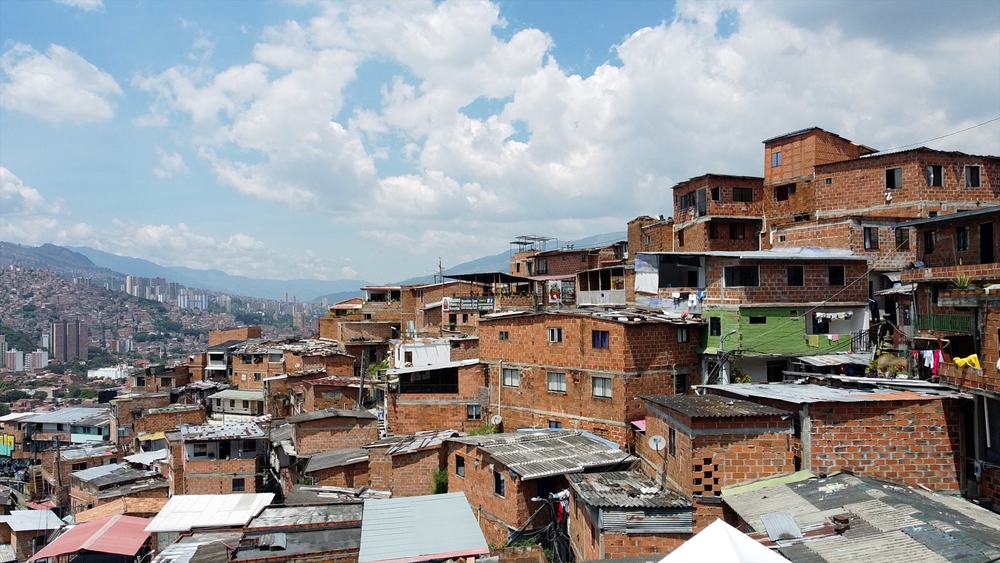
Crime statistics that label neighborhoods ‘dangerous’ typically measure incidents among local residents, often related to domestic disputes or conflicts between people who know each other. Tourists face entirely different risk profiles.
A neighborhood with high homicide rates might pose minimal danger to visitors who aren’t involved in local conflicts. Meanwhile, tourist-friendly areas with rampant pickpocketing might actually present a more practical risk for travelers despite safer overall crime statistics.
Visibility Makes a Difference

Standing out as an obvious tourist increases attention in any neighborhood, regardless of its safety rating. Travelers sporting expensive cameras, checking maps on premium smartphones, or wearing flashy jewelry become targets of opportunity.
Local residents in ‘dangerous’ neighborhoods often report that their communities are relatively safe for those who understand local norms. In contrast, visible wealth disparities between visitors and residents can create tension in any setting – including supposedly safe tourist districts.
Like Travel Pug’s content? Follow us on MSN.
Timing Changes Everything

Many neighborhoods transform completely depending on the time of day or day of the week. Areas that function as bustling commercial districts during business hours might empty dramatically after dark, removing the safety that comes with crowds and public activity.
Similarly, some neighborhoods host popular weekend markets that bring security through crowds and official oversight, while those same streets might feel threatening during quieter periods. Time-based contextual awareness matters more than neighborhood reputations.
Public Transportation Access Matters

Many supposedly dangerous neighborhoods suffer primarily from isolation rather than inherent threats. Areas with limited public transportation connections or taxi services can leave visitors feeling stranded, especially after dark.
This transportation vulnerability creates more practical danger than abstract crime statistics. Conversely, neighborhoods with well-used transit stops often maintain higher levels of public activity and official presence regardless of their reputation.
Local Guide Impact

Visiting challenging neighborhoods with knowledgeable local guides fundamentally transforms the experience. These guides provide cultural context, help navigate unfamiliar social norms, and identify truly risky situations versus harmless local quirks.
They often reveal vibrant cultural scenes, remarkable architecture, and authentic local cuisine that remains hidden from mainstream tourism. Neighborhoods that might feel threatening to solo travelers usually become fascinating cultural experiences with proper guidance.
Like Travel Pug’s content? Follow us on MSN.
Media Representation Distortion
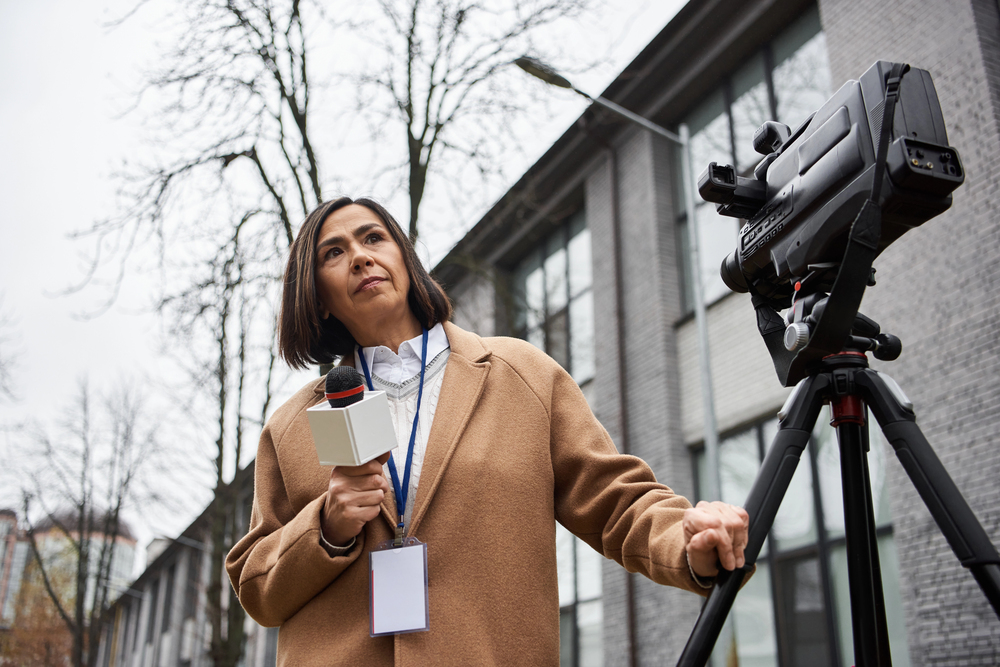
Television, films, and news coverage consistently overrepresent certain neighborhoods as dangerous, often with racial and socioeconomic biases. These portrayals create lasting impressions disconnected from current reality.
Many areas with fearsome media reputations have undergone a significant transformation, while their dangerous image persists in the popular imagination. This media hangover means travelers often fear neighborhoods that have long since gentrified while overlooking emerging danger zones without established reputations.
Gentrification Timeline Confusion
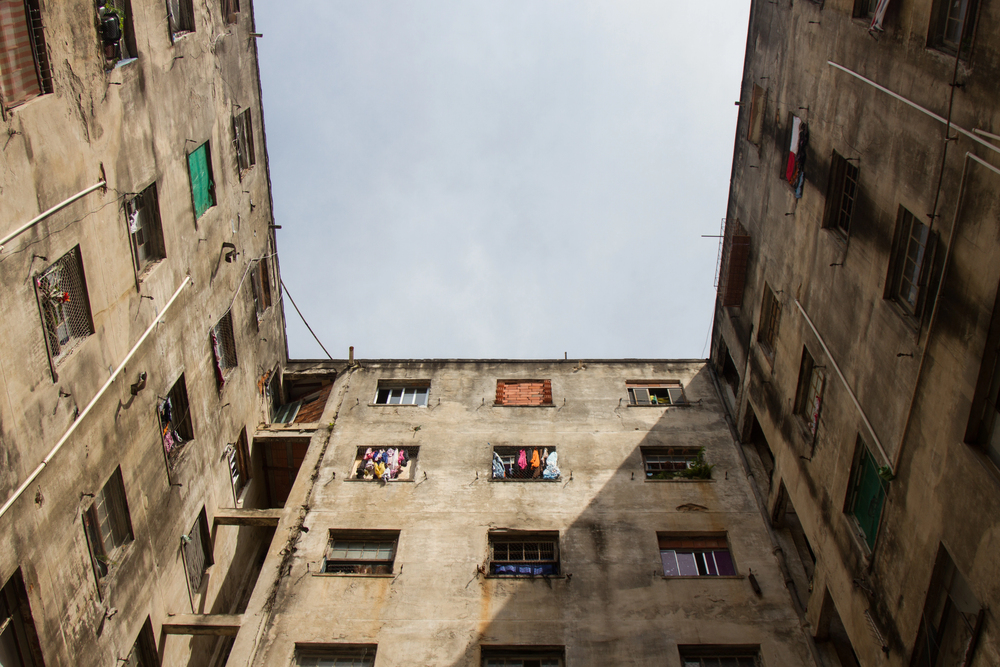
Urban neighborhoods transform rapidly, with gentrification fundamentally altering formerly rough areas within just a few years. Travel advice often lags behind these changes by 5-10 years, with outdated warnings persisting online and in guidebooks long after neighborhoods have transformed.
Areas like Harlem in New York City or Kreuzberg in Berlin maintain lingering dangerous reputations despite becoming trendy destinations with soaring property values and artisanal coffee shops replacing former danger markers.
Daytime Commercial Activity

Neighborhoods with active daytime commerce generally provide reasonably safe environments for visitors regardless of their statistical crime rates. Areas with functioning businesses, markets, and community services demonstrate basic social infrastructure that typically extends to visitor safety during business hours.
Tourists exploring during daytime often express surprise at the normal daily life they observe in supposedly dangerous zones, with people shopping, children playing, and regular community activities continuing despite external reputations.
Like Travel Pug’s content? Follow us on MSN.
Warning Source Credibility
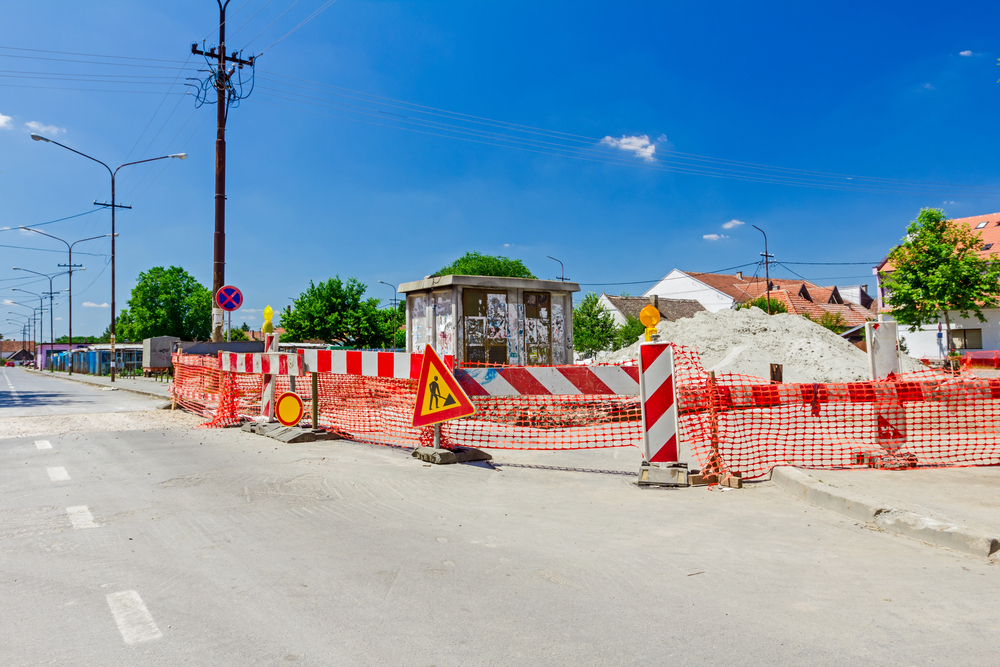
Warnings about specific neighborhoods often come from taxi drivers, hotel staff, or tourists who have never actually visited these areas. These warnings frequently reflect outdated information, class biases, or commercial interests in keeping tourists in certain districts.
Some hotel staff steer visitors away from affordable local areas to keep spending concentrated in tourist zones. At the same time, taxi drivers sometimes exaggerate dangers to justify higher fares or discourage certain trips.
Considering the source and potential motivation behind warnings helps separate legitimate safety concerns from biased guidance.
Poverty vs. Danger Confusion
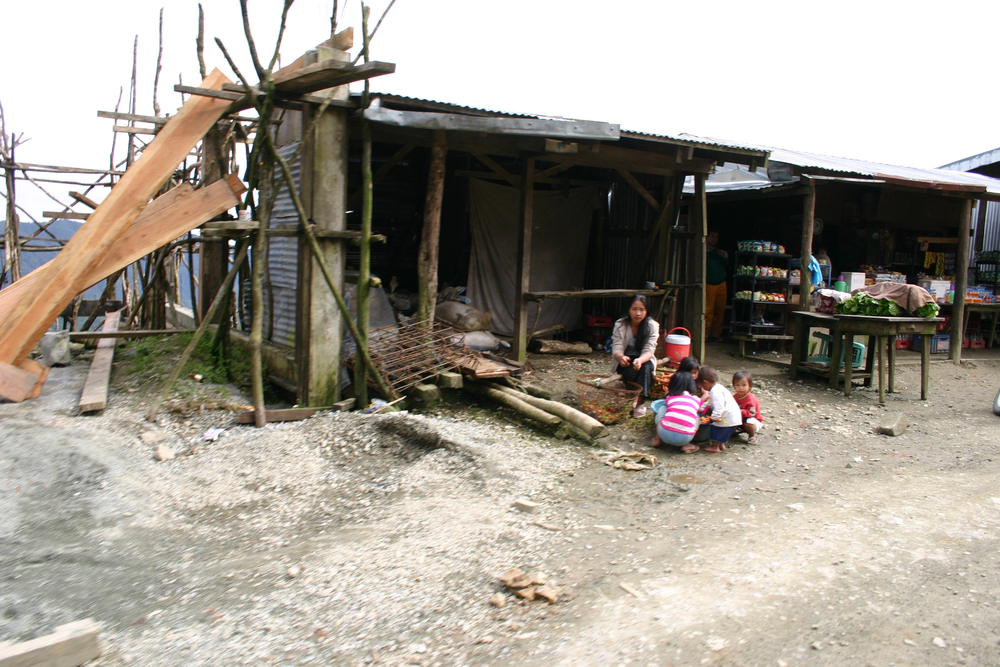
Many travelers mistakenly equate visible poverty with personal danger, avoiding neighborhoods based on appearance rather than actual threat assessment. Areas with limited infrastructure investment, older buildings, or visible economic challenges often face unwarranted dangerous reputations.
These neighborhoods frequently maintain strong community bonds and local support networks that create safer environments than wealthier areas with less community cohesion. Distinguishing between aesthetic discomfort and genuine danger requires travelers to examine their own biases.
Local Community Reception
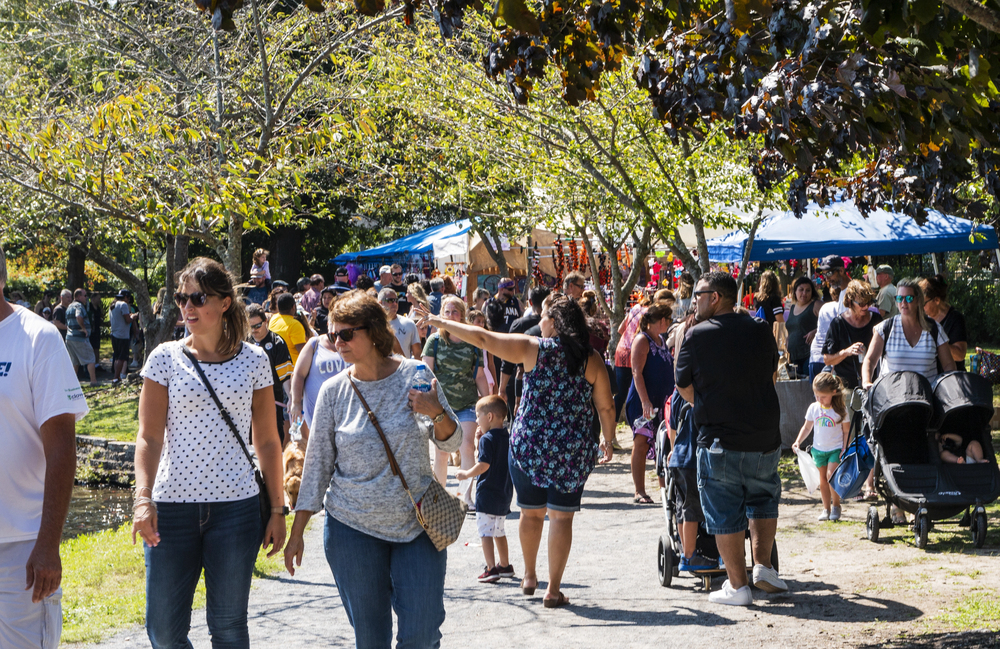
Contrary to popular belief, residents in maligned neighborhoods often show particular kindness to respectful visitors who venture beyond tourist zones. Many locals appreciate tourists who make an effort to explore their communities rather than avoiding them based on reputation.
This reception stands in sharp contrast to established tourist districts where visitor fatigue creates friction between locals and tourists. Travelers frequently report more authentic interactions and hospitality in supposedly dangerous neighborhoods than in heavily trafficked tourist areas.
Like Travel Pug’s content? Follow us on MSN.
Smartphone Navigation Impact

Modern smartphone mapping apps have fundamentally changed urban exploration, allowing tourists to navigate unfamiliar areas without appearing lost or vulnerable. This technology reduces one of the primary risk factors in urban exploration – looking disoriented or confused.
With discrete navigation assistance, visitors can move purposefully through unfamiliar neighborhoods without broadcasting their tourist status. This technological empowerment has made previously intimidating urban exploration significantly more accessible regardless of neighborhood reputation.
Crime Targeting Patterns

In reality, most crimes against tourists occur in major tourist districts rather than in supposedly dangerous residential neighborhoods. Pickpockets, scam artists, and thieves logically concentrate their efforts where tourists gather rather than in residential areas rarely visited by travelers.
Popular attractions, transportation hubs, and famous shopping streets typically account for the vast majority of tourist-targeted crimes. In contrast, residential neighborhoods – even those with higher overall crime rates – rarely see crimes specifically directed at visitors.
Photography Reactions

Taking photographs in residential neighborhoods often triggers more significant reactions than simply walking through these areas, regardless of safety statistics. Photography can feel invasive to locals in any community, particularly in areas accustomed to negative media portrayal.
What might begin as a neutral or positive interaction can quickly turn uncomfortable when cameras appear. Respectful photographers seek permission before capturing images in residential areas, understanding that the camera itself often creates tension that wouldn’t otherwise exist.
Like Travel Pug’s content? Follow us on MSN.
Economic Tourism Benefits

Some formerly dangerous neighborhoods actively work to change their image by developing tourism opportunities that showcase local culture, cuisine, or history. Community leaders recognize that tourist dollars can support local businesses and create employment opportunities.
From street art tours in São Paulo’s once-notorious neighborhoods to culinary tours in Mexico City’s Tepito district, community-led tourism initiatives transform former no-go zones into destinations while ensuring tourist spending benefits local residents rather than outside operators.
Language Barrier Amplification

Language barriers significantly amplify perceived danger in unfamiliar neighborhoods. The inability to read signs, understand conversations, or ask for assistance creates a vulnerability that has little to do with actual crime rates. This communication gap makes minor issues feel more threatening and complicates basic interactions.
Conversely, knowing even basic phrases in the local language dramatically improves both actual and perceived safety, allowing visitors to seek help if needed and interpret social situations more accurately.
Transportation Method Matters
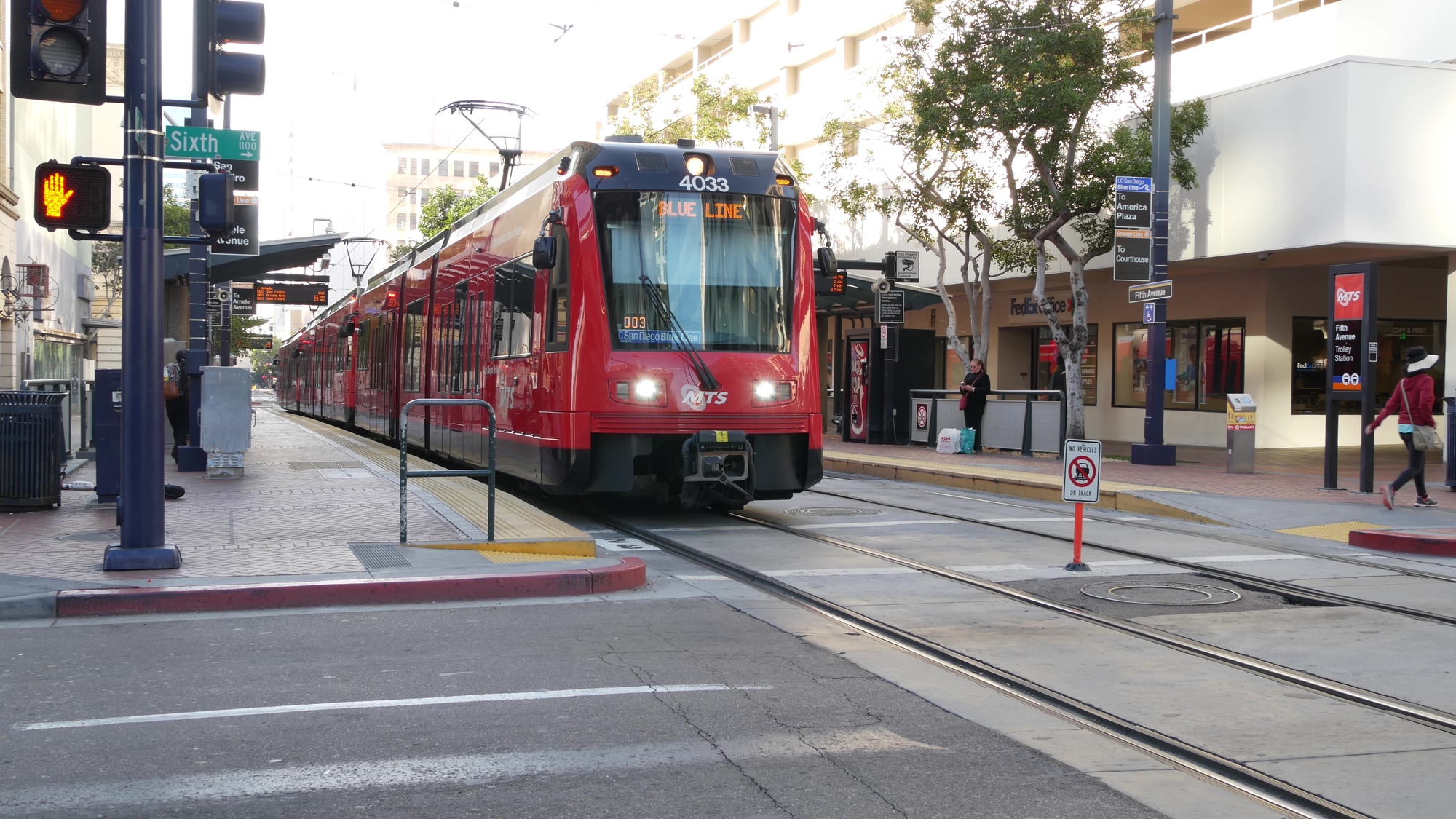
How tourists move through supposedly dangerous neighborhoods significantly impacts both their safety and their experience. Walking allows for direct community interaction but increases visibility and exposure.
Public transportation provides structured contact with regular local routines. Private vehicles create separation but might attract unwanted attention in certain areas.
Each transportation mode creates different risk profiles and exposure levels that matter more than general neighborhood reputation in determining actual visitor experiences.
Like Travel Pug’s content? Follow us on MSN.
Incident Response Resources
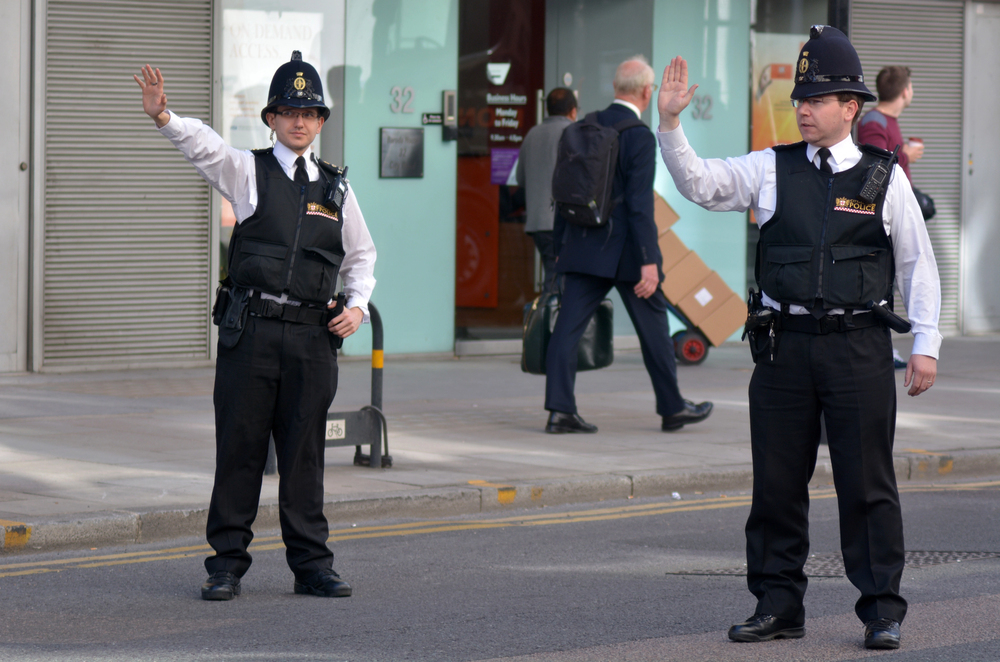
Tourist vulnerability in any neighborhood relates more to available response resources than baseline crime statistics. Areas with functioning police stations, hospital access, and public services provide safety nets for visitors regardless of neighborhood reputation.
Conversely, remote areas with limited emergency services might present greater practical risk despite lower crime rates. Savvy travelers consider access to help if needed rather than focusing exclusively on crime statistics when assessing neighborhood safety.
Social Context Recognition

Many supposedly dangerous neighborhoods operate according to social codes and community norms that visitors simply don’t understand. What appears threatening often represents normal local interaction patterns, commercial activities, or community gatherings.
Without cultural context, tourists misinterpret routine situations as potential threats. This perception gap explains why residents often express confusion about their neighborhood’s dangerous reputation – they understand the social context that makes seemingly chaotic environments predictable and navigable.
Risk Perception vs. Reality

Psychological research consistently demonstrates that humans poorly assess actual risk, overestimating dramatic but rare threats while underestimating common dangers. This cognitive bias applies directly to travel safety perceptions.
Tourists worry about violent crime in certain neighborhoods while engaging in objectively more dangerous activities like renting scooters in unfamiliar cities or swimming in unpatrolled waters. Understanding this risk assessment gap helps travelers make decisions based on practical safety considerations rather than emotional reactions to neighborhood reputations.
Like Travel Pug’s content? Follow us on MSN.
Finding the Balance
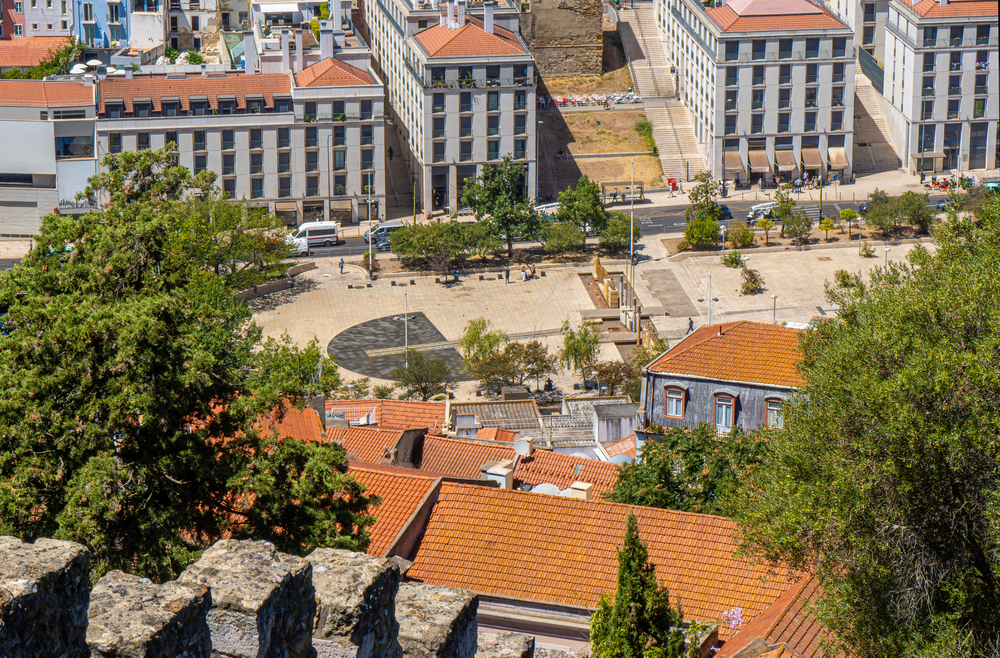
The reality of visiting supposedly dangerous neighborhoods lies somewhere between fearful exaggeration and naive dismissal of legitimate concerns. Most infamous urban districts present minimal risk to respectful, aware visitors during daylight hours, while even the safest areas require basic precautions after dark.
Context-specific knowledge matters more than general neighborhood reputations in determining actual tourist experiences. Travelers who balance reasonable caution with openness to authentic local experiences often discover the most memorable and meaningful aspects of destinations precisely in those areas that mass tourism avoids.
More from Travel Pug

- 20 Destinations That Were Once Thriving but Are Now Quietly Disappearing
- 15 Hidden Spots in Disney World’s Magic Kingdom Most Visitors Miss
- 20 Once-Popular Beach Towns That Are Now Ghostly Empty
- 20 Beautiful US Lakefront Towns Where You Can Live for Under $2000 a Month
- 20 Caribbean Islands That Are Safer Than People Think
Like Travel Pug’s content? Follow us on MSN.
